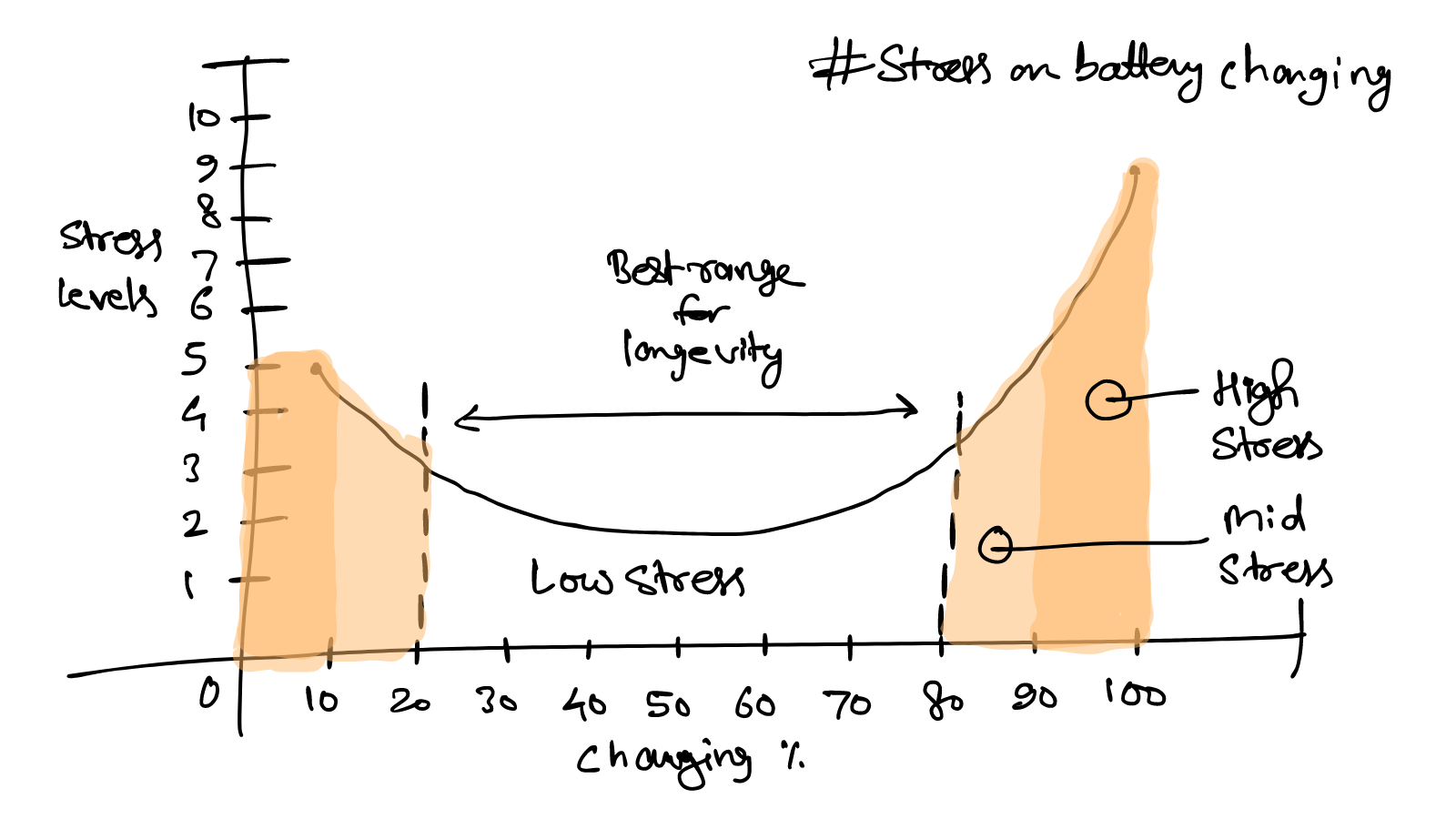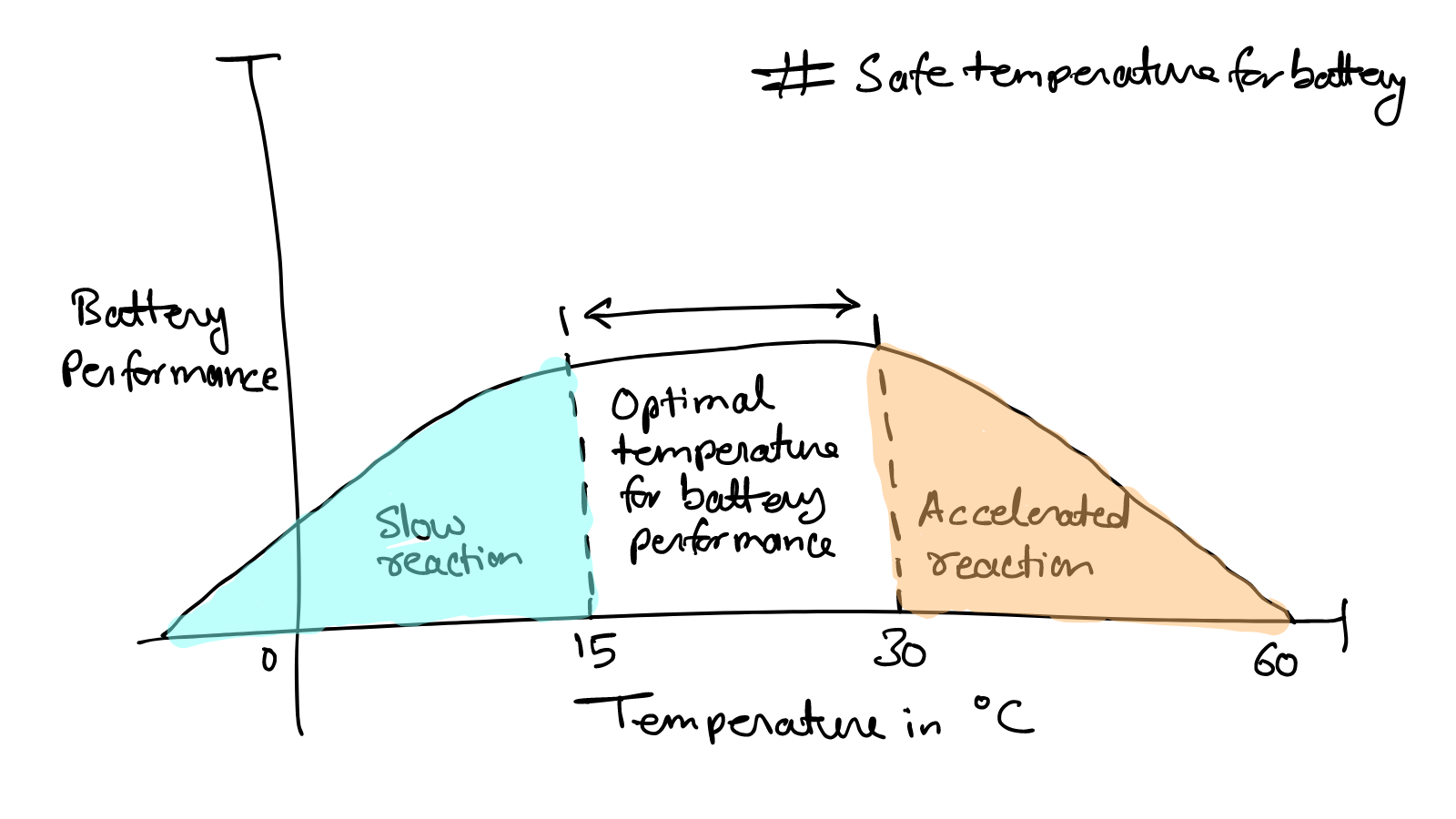In the ever-evolving world of smartphones and gadgets, battery life remains a critical concern for users. One piece of advice that has floated around for years is the recommendation to keep your battery charge levels between 20% and 80% to extend its lifespan, which is also known as 20-80 rule battery rule.
But as we step into 2024, is this advice still relevant today, or have advancements in technology made it obsolete? Let’s look into the facts and try to understand where we are standing today.
Understanding Lithium-Ion Batteries.
Most of our electronic devices and gadgets today, from smartphones to laptops, use lithium-ion batteries. These batteries are preferred for their high energy density and rechargeability.
However, they degrade over time due to chemical reactions that occur during charging and discharging. The key to prolonging battery life lies in managing these reactions to reduce wear and tear.
The Origin of the 20-80 Rule.
The advice to keep your battery between 20% and 80% originates from how lithium-ion batteries behave under different charge levels. Charging a battery to 100% or letting it drop to 0% increases the stress on the battery’s cells, which accelerates degradation. By keeping the charge within the 20% to 80% range, you reduce the intensity of these reactions, theoretically extending the battery’s lifespan.

Time have already proven that people who maintain the 20-80 rule, their electronic device and gadget like mobile and laptops lasts more like 4–5 years before it begin to show any degradation in backup.
Are Modern Batteries Different?
While the science behind lithium-ion batteries hasn’t fundamentally changed, there have been significant advancements in battery management systems (BMS). Modern devices are equipped with smarter BMS that optimize the charging process. For instance, some smartphones now automatically slow down the charging speed once the battery reaches 80% or even temporarily stop charging at 80% to prevent overcharging.
Additionally, software updates and AI-driven systems have enabled devices to learn usage patterns and adjust charging habits accordingly. These innovations reduce the need for users to manually manage their charging habits as strictly as before. But there is still need of advancement in core battery system.
Fast Charging: Friend or Foe?
Fast charging is another area of concern when discussing battery health. While fast charging is incredibly convenient, it generates more heat, which can contribute to battery degradation over time.
Keep in mind, charging and discharging don’t kill the battery faster, it is heat that kills the battery.

However, manufacturers have designed modern devices to handle this extra heat, mitigating the potential damage. Despite these protections, users looking to maximize battery lifespan may choose to avoid fast charging when it’s not necessary, especially if the device is already warm.
Should You Still Follow the 20-80 Rule?
So, is it still worth keeping your battery between 20% and 80%?
The answer depends on your priorities:
- For older devices: If you’re using an older device, sticking to the 20-80 rule can help prolong battery life, especially if you plan to keep the device for as long as possible.
- For newer devices: With modern battery management systems, the 20-80 rule is less critical. Your device likely handles much of the battery care for you, allowing you to charge without worry.
- For maximum battery life: If you’re someone who wants to squeeze every bit of life out of your battery, adhering to the 20-80 rule is still a good practice. It’s an easy way to reduce stress on the battery, even if your device is already equipped with advanced battery management features.
My recommendation with modern devices and gadgets would be following the 20-80 rule, but not strictly. As you can break this rule for the comfort of more uptime and extra backups occasionally.
Conclusion.
While the 20-80 rule remains a valid approach to prolonging battery life, the necessity of strictly following it has diminished thanks to technological advancements.
Modern smartphones, devices, and gadgets are better equipped to manage battery health, allowing users to focus more on convenience rather than micromanaging their charging habits.
In 2024, the best approach is to be aware of your device’s capabilities and balance the desire to extend battery life with the need for convenience.
Whether you choose to follow the 20-80 rule or let your device’s smart systems take the lead, understanding the reasons behind these practices will help you make the best choice for your battery’s longevity.
Leave a Reply